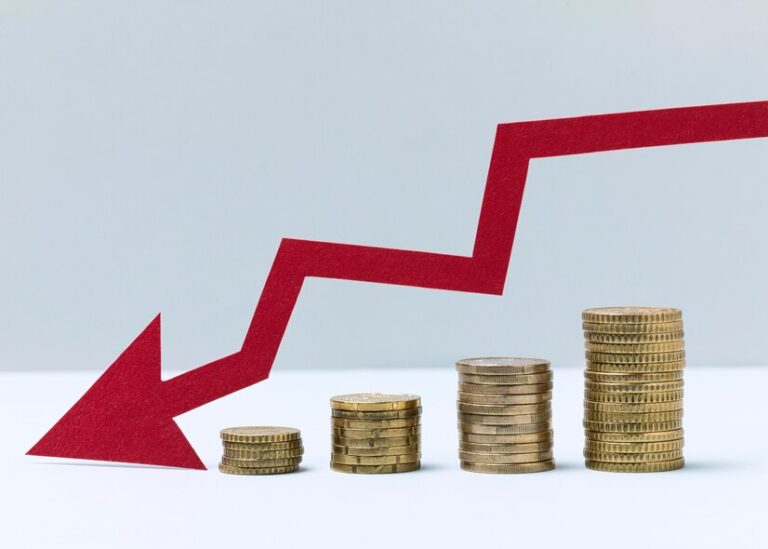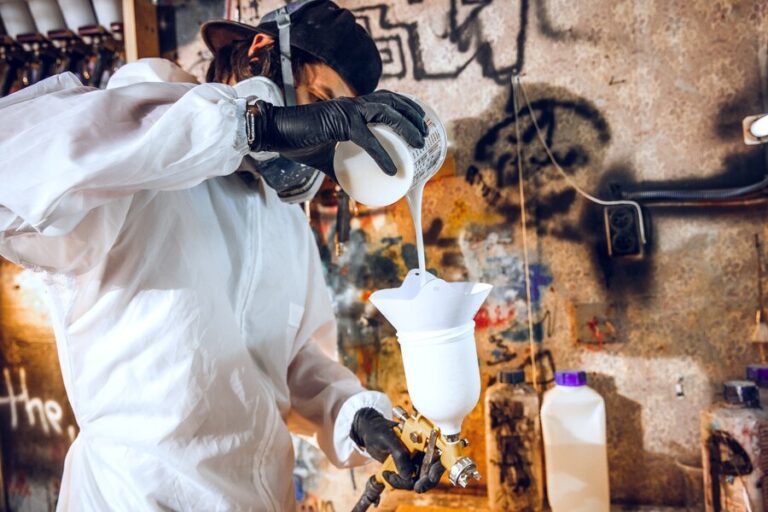Home > Product Liability Insurance
Product Liability Insurance
Product Liability Insurance shields businesses from financial consequences of claims related to damage or injury caused by their products.

What is Product Liability Insurance?
Features of Product Liability Insurance :

Works on Claims
Claims need to be initiated within the policy period. The incident triggering the claim must also happen within the policy’s coverage duration.

Retroactive Date
Policyholders' initial policy start date remains consistent for all renewals, enabling claims for incidents post-commencement, contingent on continuous coverage.

Insurance Period
The insurance period spans from the retroactive date to the policy's termination date, providing coverage during this entire timeframe.
Who needs Product Liability Insurance?
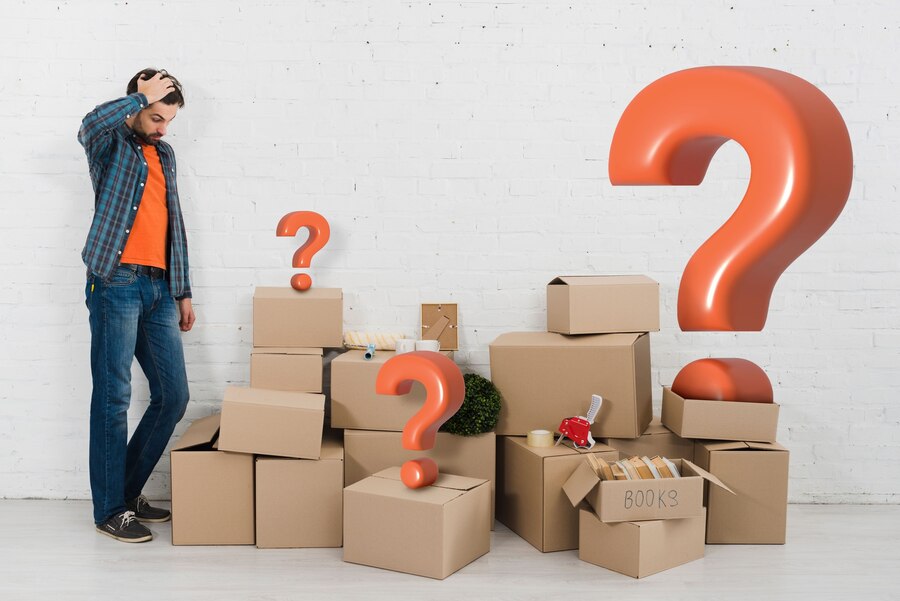

Product Liability Insurance is necessary for various kinds of businesses :
- Manufacturers
- Distributors
- Retailers
- Online sellers
- Pet supply shops
- Restaurants, cloud kitchens
- Print shops
Why get Product Liability Insurance?
This means businesses at various points in the supply chain could face liability claims, making product liability insurance all the more critical. Even with the utmost dedication and care put into crafting your products, they may still fall short of customer expectations. You need product liability insurance because, in case of a lawsuit, it covers legal defense costs and potential damages. Plus, it aids in covering repair or replacement expenses for defective products—even if you aren’t sued. There can be design flaws, product defects, poor instructions, labels, or warnings that cause physical harm or damage to the user.
Scope of coverage under product liability insurance
Incidents covered
The policy provides coverage for accidents, injuries, and damages resulting from the use of the product.
Potential product issues
Coverage may include manufacturing defects, improper packaging, usage instructions, and delivery specifications.
Domestic and export sales
Certain policies offer protection for both domestic sales and exports by the insured company.
Claim notification
To initiate the claim process, claims must be submitted to the insurer as soon as possible.
Coverages
This insurance protects your business from claims or lawsuits resulting from bodily harm or property damage caused by defective items that your business has manufactured, distributed, or sold. A product liability insurance policy addresses claims due to:
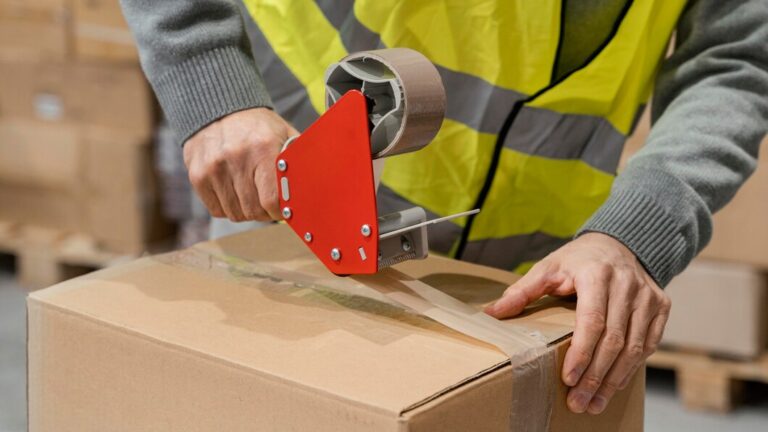
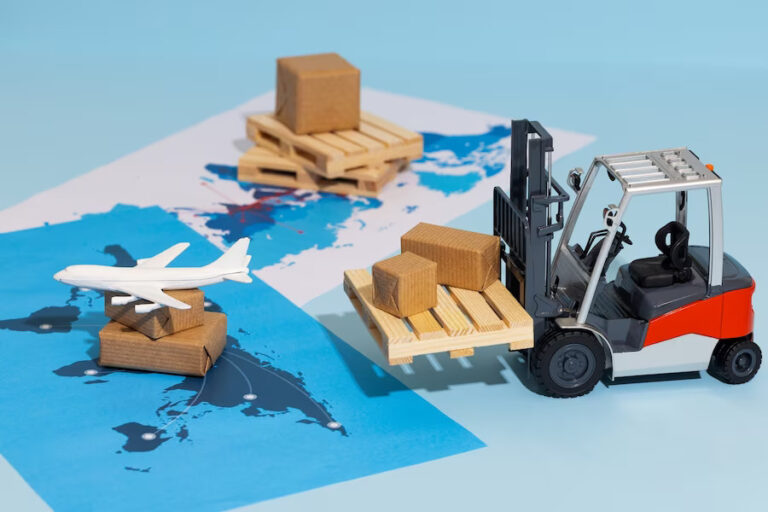



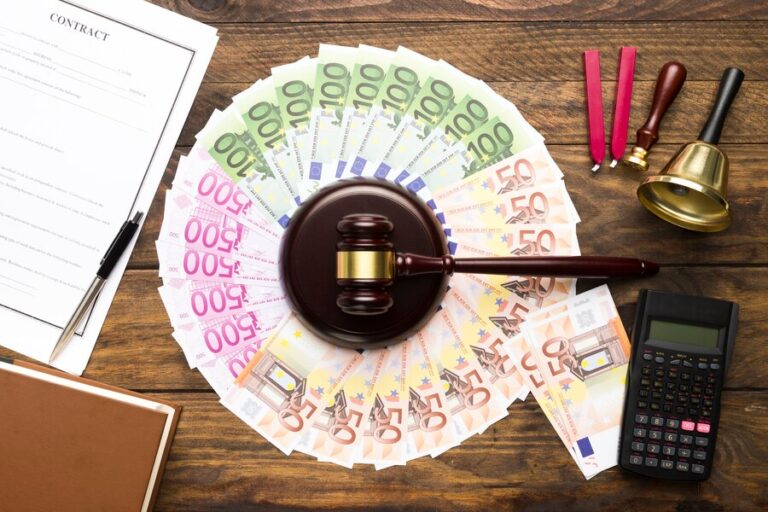
Exclusions


